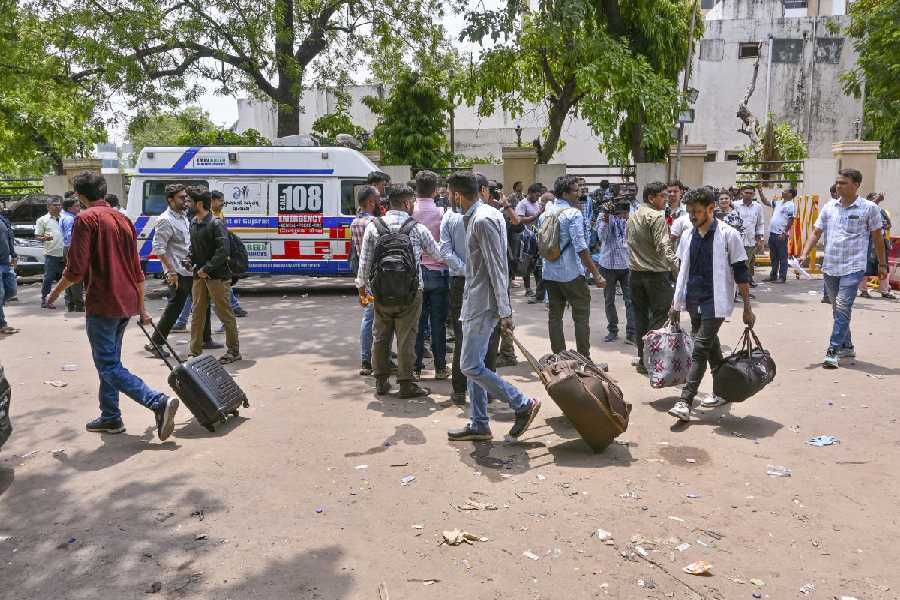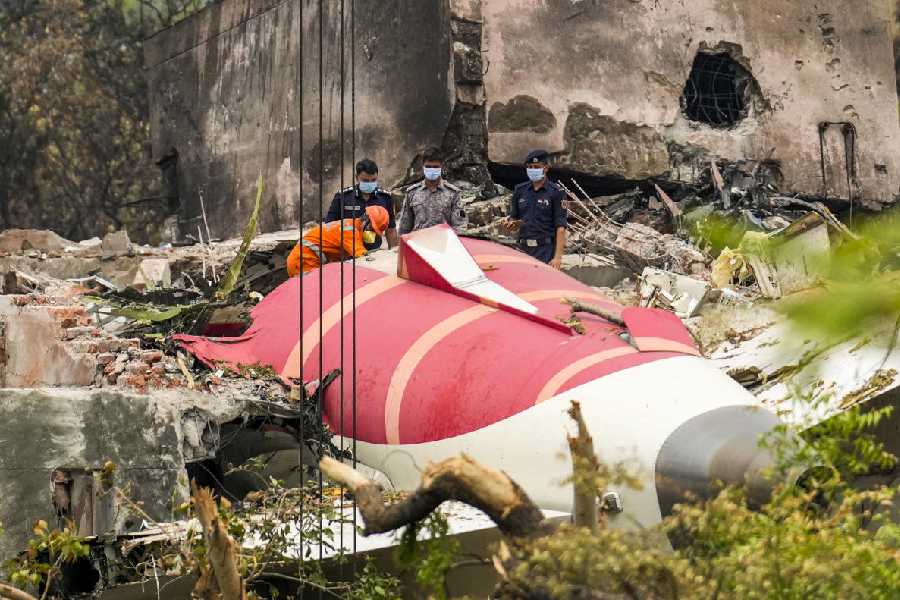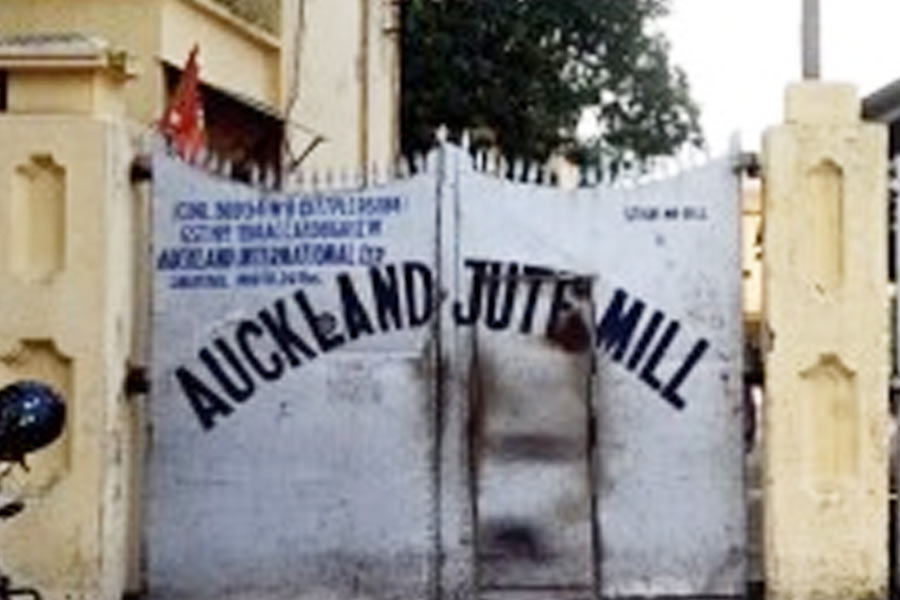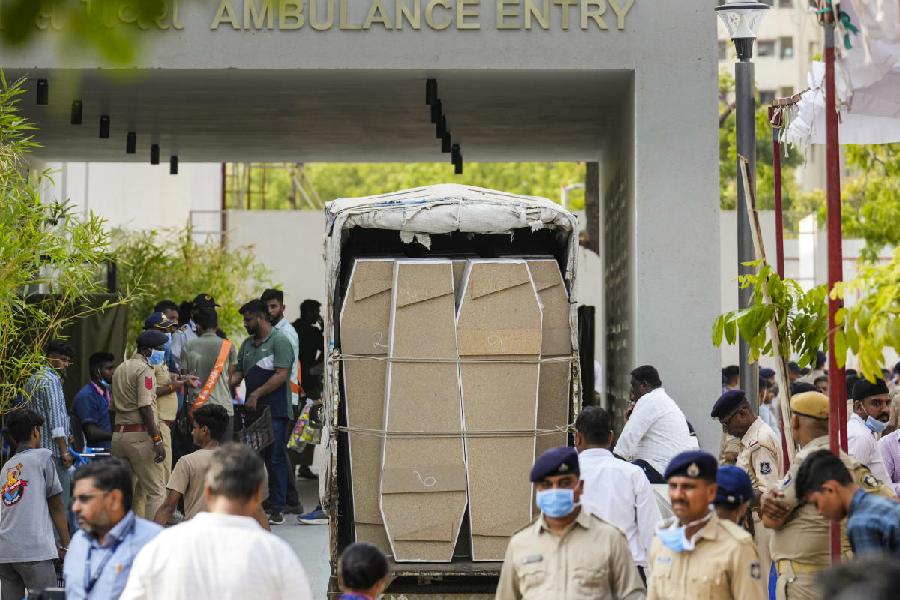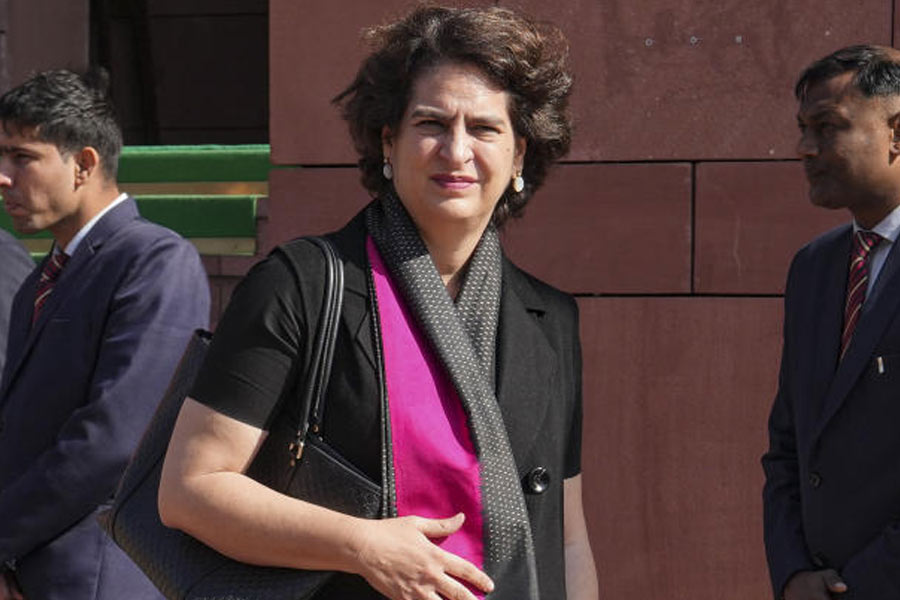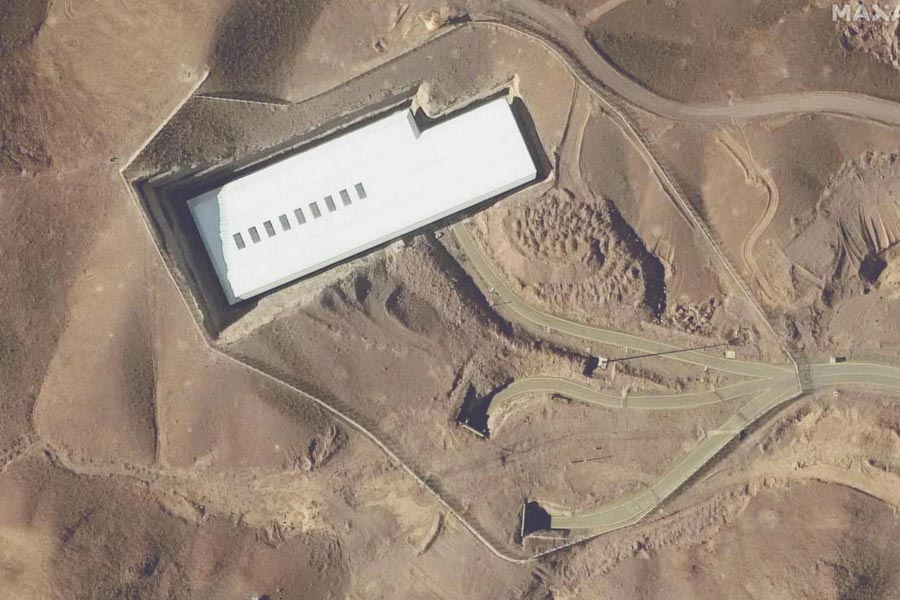
Bongaigaon, Oct. 19: A Durga Puja initiated way back in the 13th century by the Koch-Rajbongshis at Sidli in Chirang district and taken over by their subjects six centuries later, is today just a shadow of its traditional past.
The last Koch-Rajbongshi king Bishnu Narayan Deb of Sidli shifted his capital to Bishnupur (currently Bidyapur in Bongaigaon district) from Nomalpur (in Chirang district) after being unable to withstand the attacks of neighbouring Bhutan.
Since then, the residents of Sidli have contributed in cash and kind to carry out a centuries-old legacy.
Sidli comprises Nomalpur, Nimagaon and Rajajan and is inhabited by the Koch-Rajbongshi, Adivasi and Bodo communities.
Earlier, during the festival, people from Bhutan came to the Puja and took food items such as puffed or flattened rice from the residents of Sidli in exchange for materials found in Bhutan.
"But with the passage of time, the barter practice fizzled away," said Bhanu Sankar Chaudhury, the president of Sidli Sarbajanin Durga Puja committee.

The Puja pandal was made of wild grass and hay and decorated with plantain. Local artisans moulded the Durga idol out of clay.
"Now, the pandal is constructed with tin, wood and cement. The idol is bought from shops," said Ranu Sankar Chaudhury, the village headman of Sidli.
Kings had sacrificed buffaloes and other animals on the day of Ashtami.
"But the practice was stopped over two centuries ago when the people took over the Puja from the royal dynasty, said Kusumbar Chaudhury, a resident.
On the day of Vijaya Dashami, Santhal (Adivasi) devotees perform their traditional ritual at the Puja pandal, apart from a traditional dance.
"This tradition is also on the verge of becoming extinct with the passage of time," said Uttam Barman, another resident. Only Rangila gaan, which is performed by local artistes, conveys the mythical and royal message of the Puja amid the transition, said Dhiraj Baruah, the secretary of the Puja committee.
As tradition takes a "hit", new elements of celebration have emerged in the past few years.
"The new generation of the locality has infused new elements into the celebration such as the Ravan badh (killing of Ravana) on Dussehra," Baruah said.


